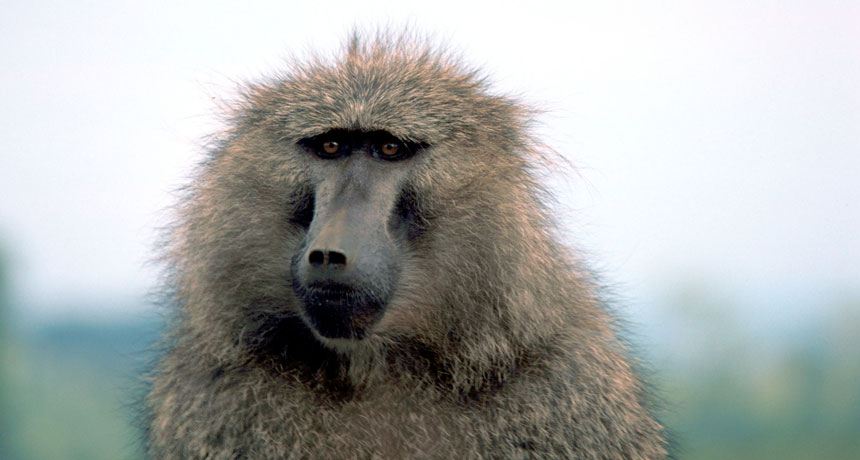Baboons survive 6 months after getting a pig heart transplant
New transplant procedures bring scientists a step closer to using pig donors for human organs

TRIUMPHANT TRANSPLANT Scientists have successfully transplanted pig hearts into Anubis baboons, like the one shown above, and hope to eventually place similar genetically modified pig organs into humans.
Gary Stolz /United States Fish and Wildlife Service







